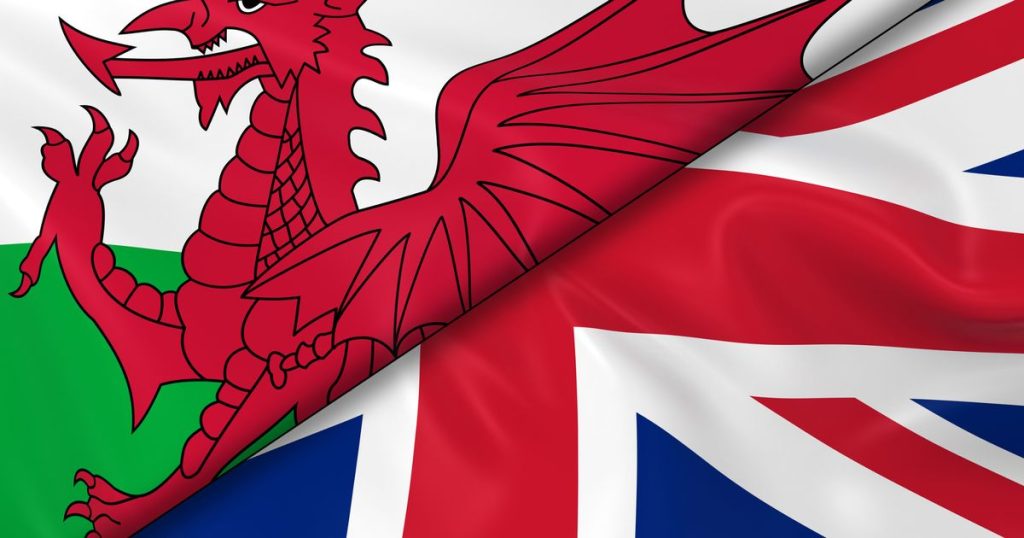Petition for a Modern Union Jack: A New Vision
Dylan Sleeman, a passionate advocate for change, has launched a bold petition calling for the replacement of the United Kingdom’s iconic Union Jack flag. The Union Jack, a symbol that has flown for over 400 years, represents the union of England, Scotland, and Northern Ireland. However, Sleeman believes that the time has come for a flag that better reflects the nation’s contemporary identity and values. His proposed design features a striking combination of red, white, blue, and green, each color holding significant meaning and symbolizing different aspects of the UK’s rich cultural tapestry and environmental consciousness.
The Inspiration Behind the New Flag
Sleeman’s inspiration for the new flag stems from a desire to create a symbol that is more inclusive and forward-looking. The Union Jack, with its roots in the 17th century, has undergone minor changes over the years, but its core design remains largely unchanged. Sleeman argues that this outdated design does not adequately represent the diverse and dynamic nature of the UK’s modern society. The red, white, and blue of the current flag are deeply rooted in history, symbolizing the crosses of St. George, St. Andrew, and St. Patrick. The addition of green, according to Sleeman, pays homage to the UK’s natural landscapes and growing commitment to environmental sustainability. The new design aims to honor the past while also embracing the present and future.
The Design: A Blend of Tradition and Modernity
The proposed flag is a harmonious blend of traditional and modern elements. The red, white, and blue stripes and crosses remain prominent, ensuring that the historical and cultural significance of the original Union Jack is not lost. However, the addition of green creates a fresh and vibrant visual impact. The green band runs diagonally across the flag, intersecting with the existing red and white crosses, while the blue background remains unchanged. This design is not just aesthetically pleasing; it also sy the balmbolizesance between the UK’s historical heritage and its future aspirations. The green diagonal represents the nation’s commitment to environmental stewardship and the importance of preserving its natural beauty for future generations.
Symbolism and Meaning
Each color in Sleeman’s proposed flag carries its own significance. Red, white, and blue are retained to honor the respective patron saints and the nations they represent: St. George for England, St. Andrew for Scotland, and St. Patrick for Northern Ireland. Green, a new addition, symbolizes the UK’s natural landscapes, from the rolling hills of England and Scotland to the lush green fields of Wales and Northern Ireland. It also reflects the country’s increasing focus on environmental issues and the global push for sustainable practices. The diagonal green band is a nod to the cross of St. David, the patron saint of Wales, which has often been overlooked in the current flag. This inclusion aims to create a more balanced and representative symbol of the entire UK.
The Case for Change
Sleeman’s petition is gaining traction as it resonates with a growing number of people who feel that the Union Jack no longer fully represents the UK’s diverse population and evolving values. The flag, while historically significant, has been criticized for its perceived lack of inclusivity and its strong ties to a colonial past. In a modern, multicultural nation, there is a need for a flag that can symbolize unity and progress. Sleeman’s design is seen as a step towards this goal, bridging the gap between the past and the present. The petition’s supporters argue that the new flag would serve as a powerful symbol of the UK’s commitment to environmental sustainability, diversity, and inclusivity, values that are increasingly important in today’s world.
Public Reaction and Debate
The petition has sparked a lively debate among the public, with opinions ranging from enthusiastic support to staunch resistance. Supporters of the new flag see it as an opportunity to modernize and revitalize a symbol that has become somewhat static over the years. They believe that the addition of green could help to unify the diverse regions of the UK and foster a sense of shared purpose. Critics, however, argue that the Union Jack is a vital historical and cultural emblem that should not be altered. They worry that changing the flag could undermine the continuity and identity that it represents. Despite the varying opinions, the petition has succeeded in opening a conversation about the role of national symbols in a rapidly changing world.
The Future of the Union Jack
While the petition for a new Union Jack flag is still in its early stages, it has already sparked significant interest and debate. The success of the petition will depend on its ability to garner widespread support and the willingness of the UK government to consider such a change. Whether the new design is eventually adopted or not, Sleeman’s initiative highlights the ongoing importance of national symbols in shaping a nation’s identity and values. As the UK continues to evolve, the question of how to balance tradition with innovation remains a critical one. Dylan Sleeman’s proposed flag serves as a thought-provoking example of how this balance might be achieved, offering a fresh and inclusive vision for the nation’s future.












